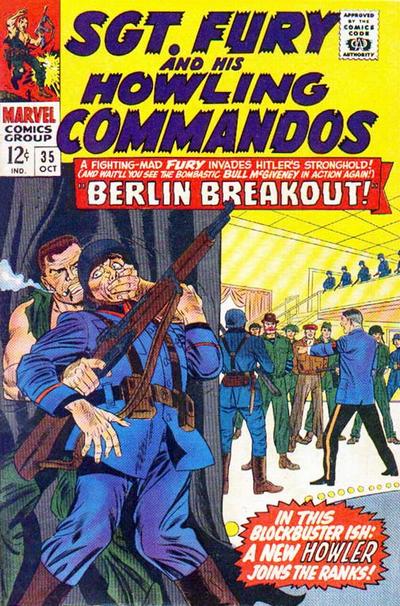
In the early 70’s the book went to a strange format of having every other issue being a reprint of earlier issues, alternating with new stories every other issue. John and Marie Severin contributed heavily to the later issues. America crossover), otherwise the duties were handed over to Dick Ayers (in what may be his signature book) for many years. Jack Kirby drew the first 7 issues (returning for the collectible issue #13 - a Capt. The “howlers” were perhaps caricatures, but they were also realistic personalities at the same time, with frequent in-fighting and having beefs and disagreements with one another - but under the unflinching leadership of Nick Fury, always came together and had each-other’s backs you felt as though they really did love their “brothers in arms.”Īdditionally, the writing was not heavy handed or didactic, as many war books can be - we already knew who the enemy was, and how horrible they could be, so let’s dispense with the moralizing and get the job done!Ĭonsistently entertaining, Stan Lee wrote the first few years of issues himself, with Roy Thomas and Gary Friedrich eventually taking over. Bull McGivney, and arch enemy Baron Von Strucker.

“Happy” Sam Sawyer - and frequent nemesis Sgt. What set it apart from most of the other comic companies titles in a similar vein was the diversity and interactions of the characters - Corporal Dum Dum Dugan, Rebel Ralston, Dino Manelli, Izzy Cohen, Gabe Jones, Jonathan Juniper (early), Percival Pinkerton, Jacques “Frenchie” Dernier, Capt.

This is because it had much more to offer than other WWII books it didn’t take itself too seriously, while not diminishing the horrors and moral dilemmas of combat. Fury and The Howling Commandos was Marvel’s premiere war title.


 0 kommentar(er)
0 kommentar(er)
